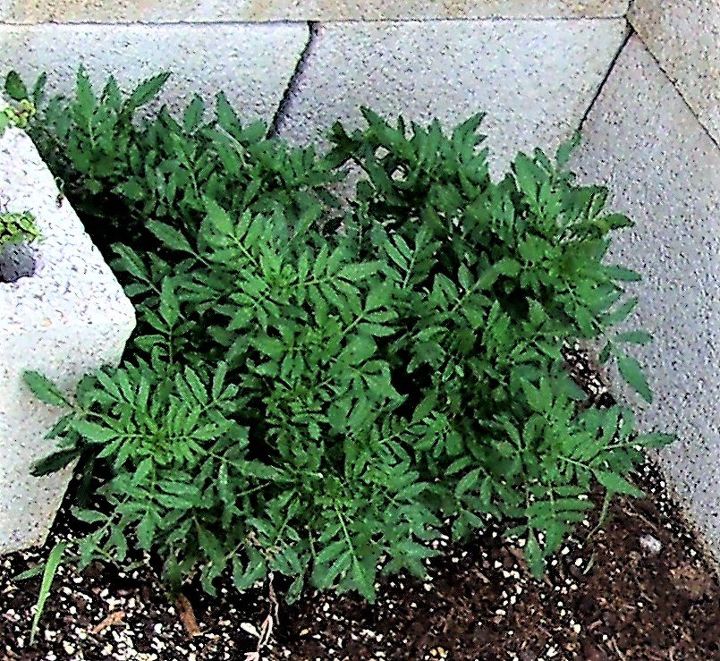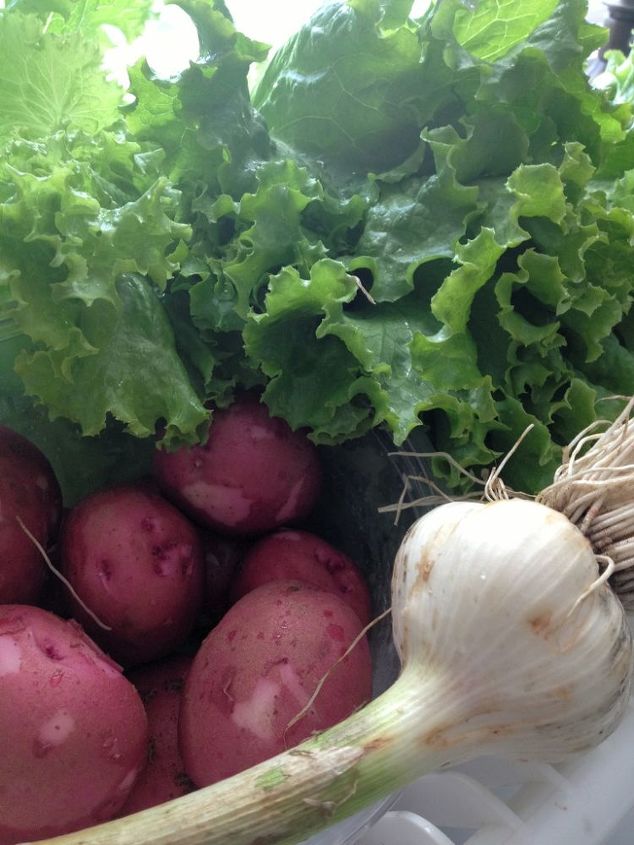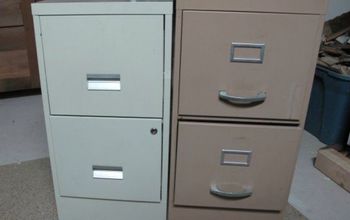How can I revive a barely alive gardenia bush?

Related Discussions
GNATS - How to get rid of them?
Somehow my house and garden got tiny gnats that killed my fuchsia plant and fly everywhere. I have tried ALL the Web recommendations - soap and oil dishes, sand in th... See more
Marigolds growing! Should I pinch the buds?
My marigold plants are growing. I heard that pinching the buds until Autumn will allow them to grow without killing the plant. Is this true?
Growing garlic
Growing our first garlic, should we wait until the leaves are drying out before we pick it? Husband picked first one today along with our first potatoes.
How to keep mice out of your garden?
Hi everyone, I have mice in my garden destroying my vegetables and I have also noticed them in the barn and shed. Please can someone tell me how to prevent them from ... See more
What's the best flower/plant to grow in Texas?
I know that opinions vary, but what's your opinion?!I have great luck w Rosemary plants. Green all year long.



It most likely needs to be re-poted. Put in the next size up and make sure the pot has drainage holes.
If you liven an area where you can plant it into the ground do so with soil requirements. To thrive, gardenias require well-drained, acidic soil with a pH range of 5.0 to 6.0. The soil should also be rich in organic matter and kept moist but not wet. Gardenias grown in alkaline soil will have difficulty obtaining the nutrients the shrub needs to thrive.. You can also test your soil with a soil pH test kit. When plants are grown in the wrong soil pH, their roots have trouble taking up all the necessary nutrients from the soil. Iron deficiency is the main concern for gardenias and other acid-loving plants grown in neutral or alkaline soil. A gardenia that isn't taking up enough iron will slowly fade from dark green to pale green to yellow, often with the veins of the leaves remaining green. The gardenia will also have an overall unhealthy appearance and poor growth. Ideally, you should adjust you soil pH before you plant a gardenia, but you can also mulch around the plant to help lower the soil PH. Before planting, work in conifer bark chips, organic compost, peat moss or aluminum sulfate. If you use aluminum sulfate, follow all package directions for the correct amount to apply. If your gardenia is already in the ground and showing signs of iron deficiency, mulch around the shrub with a 2- to 3- inch layer of bark mulch or compost. (We know yours is in a planter move up 2-3 inches in dia. amend the new soil) To avoid disturbing the roots, do not work mulch into the soil of an established gardenia. Giving your gardenia the correct fertilizer will also help keep the shrub healthy and the soil at the optimal PH. Once at the beginning of spring and once at the beginning of summer, feed your gardenia with a fertilizer specifically intended for acid-loving plants. You can also fertilize you gardenia with blood meal or a fish emulsion fertilizer. If you have trouble lowering the pH of your soil or if you want to give your gardenia a boost while waiting for mulch to break down and acidify the soil, feed your gardenia once a year with chelated iron. With any fertilizer, follow the package directions regarding how much to apply.
I also mix 2 TBS Epsom salts to one gallon water, mix and spray the shrubs making sure I get the underside of the leaves as well, Calcium will always win out over Epsom salts in the uptake. I always see results within two days if this was the issue. our hardy gardenias were hit hard for the second time during an cold winter so we lost almost all the leaves. ours is just now sprouting new leaves after treating them with Epsom salts.
I just did the Epson Salts. While doing that, I noticed that I am getting some new leaves in a pretty bright green color!! Yay I was afraid I had trimmed too much of the dead looking stuff off of it. I am hoping now that it's outside with some fresh potting soil in it that it will be a happy gardenia in no time soon. Thanks for your help!!!
Adding fresh soil will not help as the roots need to be thinned out.
I transplant a gardenia in planter and left it out for the sun. After a couple of days the plant is dry like if it was burned. Please help!!!!! what can I do? should I bring it indoors?
You could mix one tablespoon of Epson Salts into a gallon of water. Sprinkle it on the soil where the plant meets the soil. Doing this will put enzymes into the soil. Finish it off by giving it a regular watering. The extra water will help the roots receive the salts quicker. You can use this solution on any of your plants whether inside or outside. Plants flourish with this. Gardenias like acidic soil. One way to achieve this is to put used coffee grounds in the soil. I put my grounds in the soil used for my tomato plants. Great results. Best wishes headed you way.
I would try repotting and adding fresh sould with Epson salts.
I would try to repot
I would repot it into a beautiful pot thst i have thanks & God Bless
Hello, Sometimes a wilting gardenia can be revived with the simple addition of a bit of compost. These plants are heavy feeders that should be fertilized in the early summer, toward the end of June. If you notice that the leaves of your plant are turning yellow, poor nutrition is likely the cause. Fertilizing can help.
I have a gardenia plant inside and I can't grow any leaves. It's just a plant with stems. what can I do to bring it back to life?
To revive a struggling gardenia bush, ensure it's planted in well-drained, acidic soil with partial sunlight. Water it deeply when the soil feels dry to the touch, avoiding over-watering. Prune any dead branches to promote new growth. Apply a fertilizer formulated for acid-loving plants, and check for pests like aphids or spider mites. Mulching can help retain moisture and regulate soil temperature. If indoors, ensure high humidity and adequate light. With proper care, your gardenia should recover.
There are many gardening tips on the website that may be useful to you in the future.
Dig it out and repot it in new compost!
Repot into a larger pot with fresh dirt, add epsom salt to the soil, be careful to not get it onto the plant above the level of the soil. Water.